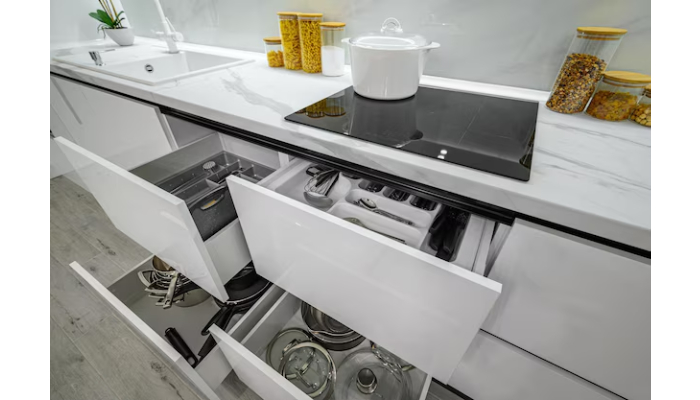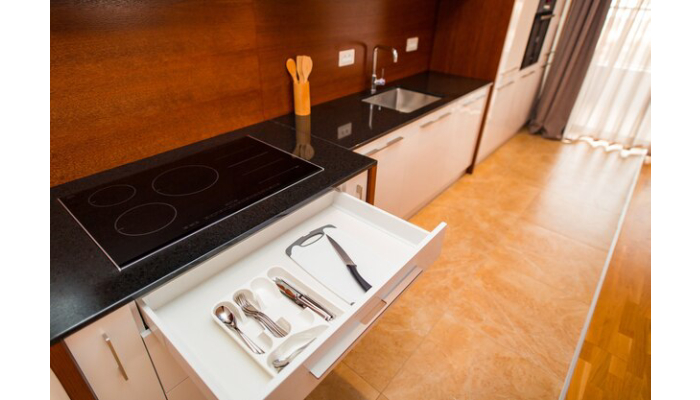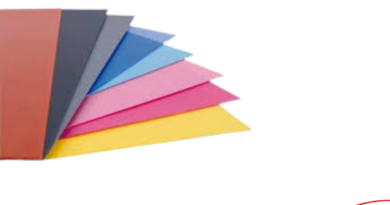How To Maintain And Care For Your Kitchen Furniture Hardware?
Kitchen furniture hardware is an essential yet often overlooked aspect of maintaining a functional, aesthetically pleasing kitchen. From cabinet handles to hinges, knobs, and drawer slides, these small components not only add to the beauty of your kitchen but also contribute to the overall performance and longevity of your furniture. Keeping kitchen furniture hardware in good condition ensures your kitchen remains both stylish and practical for years to come. In this guide, we will explore how to maintain and care for your kitchen furniture hardware effectively.
Understanding Kitchen Furniture Hardware
Before diving into maintenance, it’s important to understand the role of kitchen furniture hardware. This category encompasses all the mechanical components that allow kitchen furniture to function smoothly. It includes:
- Cabinet Hinges: These are essential for opening and closing cabinet doors.
- Cabinet Handles and Knobs: Used for gripping and opening doors or drawers.
- Drawer Slides: Enable smooth opening and closing of drawers.
- Latches and Catches: Help keep doors securely closed.
- Pulls and Hooks: Often used for added utility in kitchens.
Quality kitchen furniture hardware is made from a variety of materials, including stainless steel, brass, aluminum, and plastic. Each type of material may require different maintenance practices to preserve its appearance and functionality.
Regular Cleaning
The first step in maintaining kitchen furniture hardware is regular cleaning. Over time, grease, dust, and food particles can accumulate on the hardware, affecting its performance and appearance.
- For Stainless Steel and Brass: Use a microfiber cloth to wipe away dust and grime. If there’s grease or sticky residue, a mixture of warm water and dish soap works well. Avoid abrasive scrubbers that could scratch the surface.
- For Wood Hardware: Wood knobs or handles can accumulate grease and grime as well. Use a soft, damp cloth to clean wooden surfaces. You may want to treat the wood with a wood-specific cleaner or polish to maintain its luster.
- For Plastic or Painted Hardware: Clean these parts with a mild soap solution and a soft cloth to prevent discoloration or wear. Avoid abrasive cleaners as they can damage the finish.
Lubrication For Smooth Operation
One of the key maintenance tasks for kitchen furniture hardware, especially for hinges and drawer slides, is lubrication. Proper lubrication helps ensure smooth operation and prevents wear and tear over time.
- Hinges: Regularly check cabinet hinges for stiffness. Apply a few drops of lubricant such as WD-40 or a silicone-based lubricant to the hinge pin. This helps prevent squeaking and ensures the door swings smoothly. Make sure to wipe off any excess lubricant to avoid attracting dust.
- Drawer Slides: For drawers that don’t open smoothly, remove the drawer and clean the tracks. Once cleaned, apply a light coat of silicone lubricant to the tracks and rollers. Avoid using oily substances like vegetable oil, as they attract dust and grime, which can hinder the drawer’s movement.
- Handles and Knobs: While handles and knobs generally don’t require lubrication, it’s important to ensure they are securely fastened. Over time, screws may loosen, leading to wobbling or squeaking. Tighten screws periodically to ensure stability.
Preventing Corrosion
Corrosion is one of the most common issues faced by kitchen furniture hardware, especially for components exposed to moisture. To prevent corrosion, especially on metal hardware, follow these steps:
- Avoid Excess Moisture: After cleaning, make sure that the hardware is completely dry. Moisture left on metal components can lead to rust or tarnishing, particularly in high-humidity kitchens.
- Use Protective Coatings: Some metals, like stainless steel, come with a protective coating that can wear off over time. If your hardware shows signs of corrosion, consider applying a protective metal coating or polish to help prevent further damage.
- Check for Wear and Tear: Regularly inspect hinges and drawer slides for any signs of rust or pitting. If you spot any, replace the affected hardware immediately to avoid further damage to your furniture.
Addressing Loose Or Damaged Hardware
Over time, even high-quality kitchen furniture hardware may experience wear and tear, leading to loose or damaged components. Addressing these issues promptly helps extend the life of your kitchen furniture.
- Tightening Screws: Handles, knobs, and other hardware can become loose over time. If you notice wobbling or instability, check the screws and tighten them with a screwdriver. If the screws appear stripped, consider replacing them with new ones.
- Replacing Damaged Parts: If a hinge, drawer slide, or handle becomes damaged or worn out beyond repair, replace it as soon as possible. Continuing to use damaged hardware can put extra strain on the furniture, leading to bigger problems down the road. Make sure to choose high-quality replacements that match your existing hardware in both style and function.
Preventing Scratches And Dents
While scratches and dents can happen naturally over time, there are steps you can take to minimize these types of damage:
- Use Soft Cloths: When cleaning or wiping down hardware, always use a soft cloth to prevent scratches. Avoid using abrasive materials like steel wool or scouring pads, as these can scratch or damage the surface.
- Be Careful with Heavy Items: If your kitchen hardware is attached to a drawer or cabinet, be mindful of how much weight you’re putting inside. Overloading drawers or cabinets can put unnecessary stress on the hardware, leading to scratches, dents, or even breakage.
Choosing The Right Hardware
If you’re in the process of updating your kitchen, selecting the right hardware is key to ensuring longevity and ease of maintenance. Consider the following factors when choosing kitchen furniture hardware:
- Material: Stainless steel, brass, and zinc are durable and easy to clean, making them ideal for high-use kitchen environments. Opt for corrosion-resistant finishes if your kitchen is prone to humidity or moisture.
- Style and Function: Choose hardware that complements your kitchen’s design while being functional. For example, choose soft-close hinges for a quieter, smoother experience, or pull-out drawer slides for easy access.
- Quality: Invest in high-quality hardware that can withstand daily use. Cheap, flimsy hardware can wear out quickly and may require frequent replacements, adding to your long-term costs.
Conclusion
Maintaining and caring for your kitchen furniture hardware is crucial to preserving both its functionality and appearance. Regular cleaning, lubrication, and prompt attention to damage can go a long way in extending the life of your kitchen furniture hardware. By choosing quality components and practicing simple maintenance techniques, you’ll enjoy a more efficient and beautiful kitchen for years to come. Remember, a little care goes a long way in ensuring your kitchen remains in top condition.





